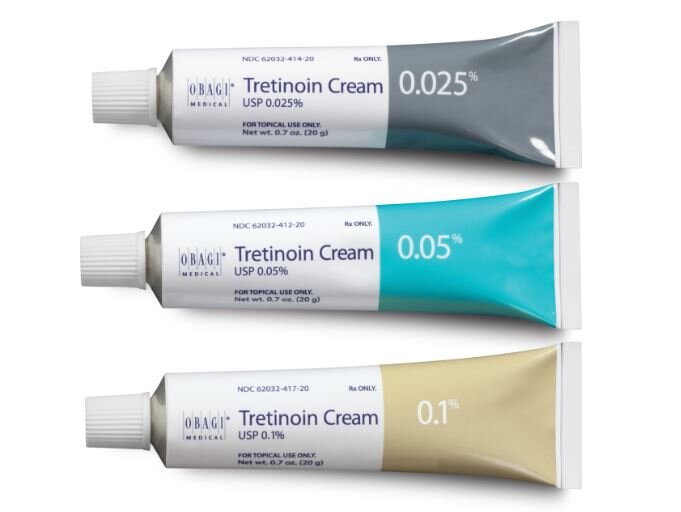Tretinoin helps reduce the number of acne pimples and speeds up the healing of those that do develop. It also unclogs pores and decreases oil production.
Using this medication may make your skin more sensitive to sunlight. Use a sunscreen with an SPF of at least 15 and avoid prolonged sun exposure.
Acne
As a powerful medication that’s only available with prescription, tretinoin is highly effective at treating acne. It increases epidermal turnover, the skin’s natural process of creating new skin cells. In addition, it promotes the shedding of old skin cells and helps reduce oil production. Using it consistently as an acne treatment can reduce breakouts, decrease redness and speed up healing.
It also has anti-aging effects, including making the fine lines and wrinkles that develop with age lighter and less visible. Combined with a moisturizer, it can give your skin a smoother texture.
Before applying tretinoin, make sure your face is completely clean. Wash it with warm water and a mild soap or non-irritating cleanser, then gently pat your skin dry.
Tretinoin should only be used on healthy skin. It may irritate the skin, especially when first starting out, but this should gradually go away as your skin becomes adjusted. Make sure you always use a sunscreen when using it, since it can make your skin more sensitive to sunlight.
Melasma
Melasma is a common condition that causes patches of pigmentation to develop on the skin. It is most often caused by sunlight, and it’s also triggered by pregnancy (the “mask of pregnancy” or chloasma), oral contraceptives, hormone replacement therapy and a number of other conditions, such as vitiligo.
Tretinoin can treat melasma by increasing skin cell turnover and reducing the production of melanin, which helps to lighten the appearance of the blemishes. It can be used alone or in combination with other treatments, such as hydroquinone, a topical depigmenting agent that reduces the enzyme tyrosinase that produces melanin.
Tretinoin can make your skin more sensitive to natural and artificial sunlight, so you should protect it with sunscreen when using this medication. It is important to avoid sunburn, which can increase your risk of early skin aging and skin cancer. Also, avoid using a hair removal product that contains wax or salicylic acid while you’re on tretinoin cream.
Sun damage
While some people try to treat sun damage with potato slices or a homemade lemon juice and honey home remedy, these approaches don’t work as well as dermatologist-approved prescription skin treatments. One of the most effective is tretinoin, a vitamin A cream that helps to reverse the effects of excessive sun exposure and prevent future damage.
Tretinoin reduces sun damaged skin and evens out tone by stimulating the growth of collagen, a protein that gives skin its strength and elasticity. It also decreases fine lines and wrinkles, improves the texture of the skin, and reduces mottled pigmentation (DermNet NZ 1997)
To minimize side effects, use tretinoin as directed by your doctor. Wash your face with mild soap and pat it dry; avoid harsh scrubs or other irritants. After washing, apply tretinoin to your clean fingertips and gently dab it on the areas of your face that need treatment, avoiding the corners of the mouth or eyes.
Wrinkles
Many people are worried about fine wrinkles developing as they age. These wrinkles can be effectively reduced by using tretinoin cream. In one study, researchers compared a cosmetic antiwrinkle product to a prescription regimen of 0.02% tretinoin. The results showed that 79 percent of the women who used the tretinoin product saw reductions in facial wrinkling, rough skin and hyperpigmentation.
Tretinoin reduces fine wrinkles by encouraging the growth of new collagen, fading brown spots and softening rough skin. In addition, retinoids can also help decrease the amount of excess oil produced by the skin.
Retinoids must be used daily to see the best results. Your dermatologist will work with you to optimize your tretinoin routine. They will determine which form and strength of tretinoin is best for your skin, and they will advise you about how often to use it. It is generally recommended that you start by applying tretinoin every other night, and then gradually increase the frequency to daily application at bedtime.
